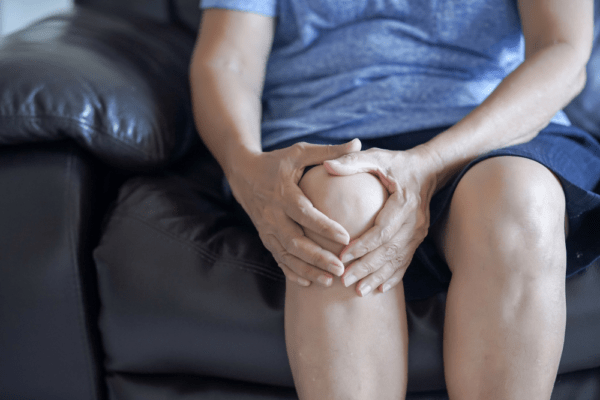When it comes to protecting ourselves from the exposure to a wide range of toxins, we think we have it all covered. Yet, most of us fail to consider mycotoxins, the equally dangerous contaminants to be wary about. Mycotoxins are produced by mold or microfungi, leading to mold toxicity which can sabotage the functioning of the body. Mold toxicity, also known as toxic mold syndrome, has become a prevalent condition over the recent years. Toxic mold syndrome has the potential to contribute to an array of illnesses from allergies and headaches to autoimmune diseases.
Mold is amongst the many biotoxins which find roots in water-damaged buildings and homes prompting long-term health issues- many of which go undiagnosed for years. This is because mold-related illnesses are often complex and harder to pinpoint, leaving people with many unaddressed symptoms. Exposure to the musty odors, water leaks, damp and soggy drywalls can be equally dangerous if not more, to harsh chemicals and heavy metals.
Mold toxicity manifests through certain molds that produce compounds that are easily consumed through the skin, lungs and guts. Toxic mold, if not addressed, results in a slew of malaises such as a weakened immune system, damaged cells, impairing the nervous system and cause cancer and even birth defects.
Common Symptoms of Mold Toxicity
Toxic mold syndrome symptoms vary at different levels of exposure. Mycotoxins, which are poisons produced by molds, can enter the body through respiration, skin or digestive tract. Keep a track of the following general, neurological, psychiatric and other changes to spot your symptoms:
- General signs of toxic mold affecting your body include fatigue, insomnia, hair loss, light sensitivity
- Neurological symptoms include headaches, migraines, brain fog, tremors, nerve pain and tingling
- Psychiatric affects like anxiety, depression, OCD are also quite common symptoms of toxic mold deteriorating your body
- Joint and muscle pain or cramps
- Skin rashes and itching
- Mold toxicity can also cause asthma
- Nausea, bloating, vomiting, diarrhea
There is also the issue of hidden mold. Many of us don’t realize that hidden mold also encourages mycotoxins to spread. Toilet overflow or a roof leak if not treated with dehumidifies, it is a case of hidden mold. Water sources are often always hidden which posts another issue. With incorrect flashing, the water gets the dry wall wet enough to activate the mold, but not enough to seep all the way through.
How to treat the toxic mold and its effects on your body
Make sure the toxin exposure is not continuing. Fix your plumbing and other water leaks as soon as they start. Controlling moisture is the key to prevent any type of mold to grow. Mold Remediation treatments and testing are also available options to get rid of large amounts of mold.
Keep your immunity amped up and healthy to fight against the poisonous moldy toxins. Other approaches include detoxtification of your system, reducing inflammation, and rebuilding your gut. Taking supplements to support your body could also provide help.




